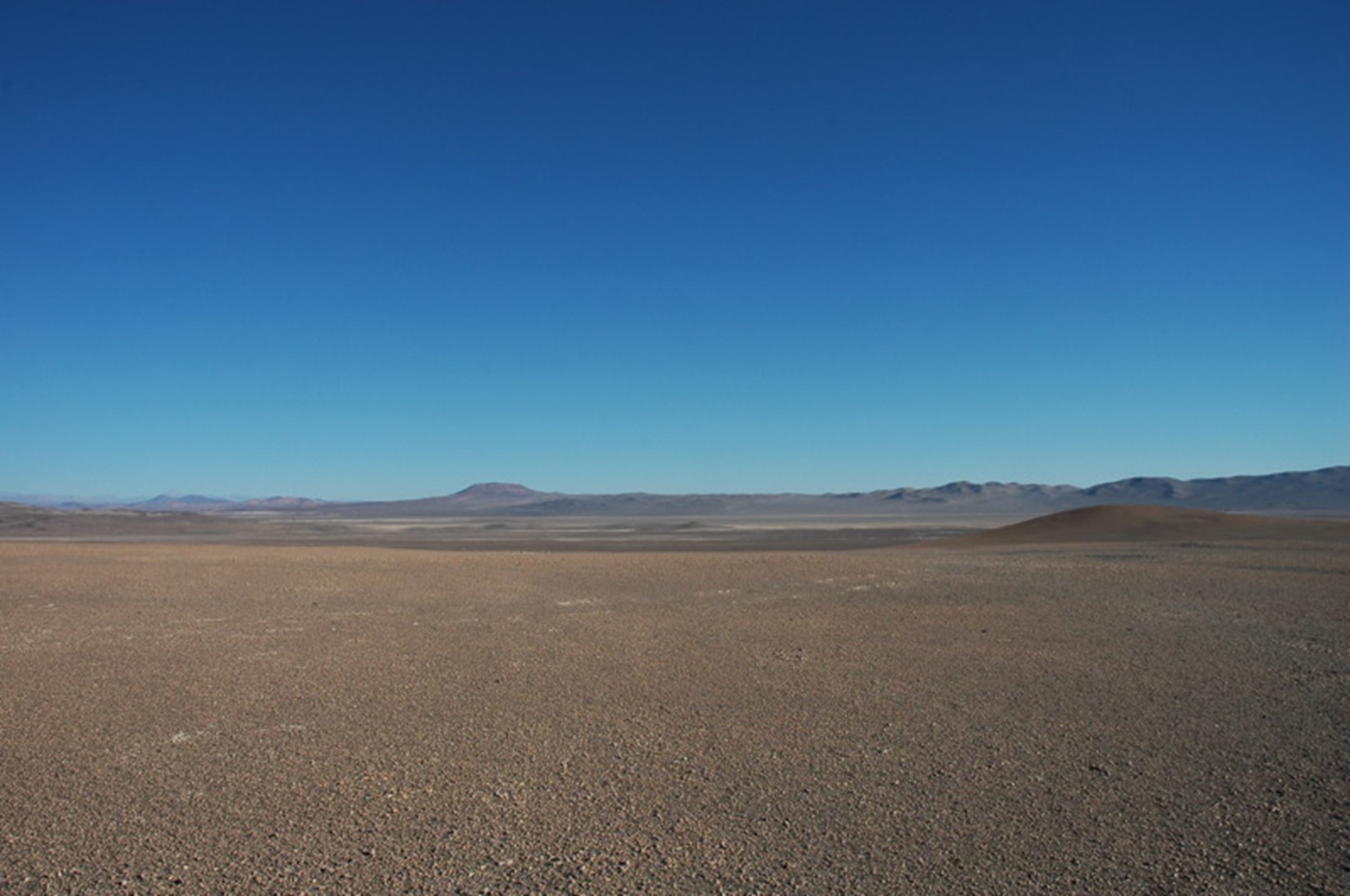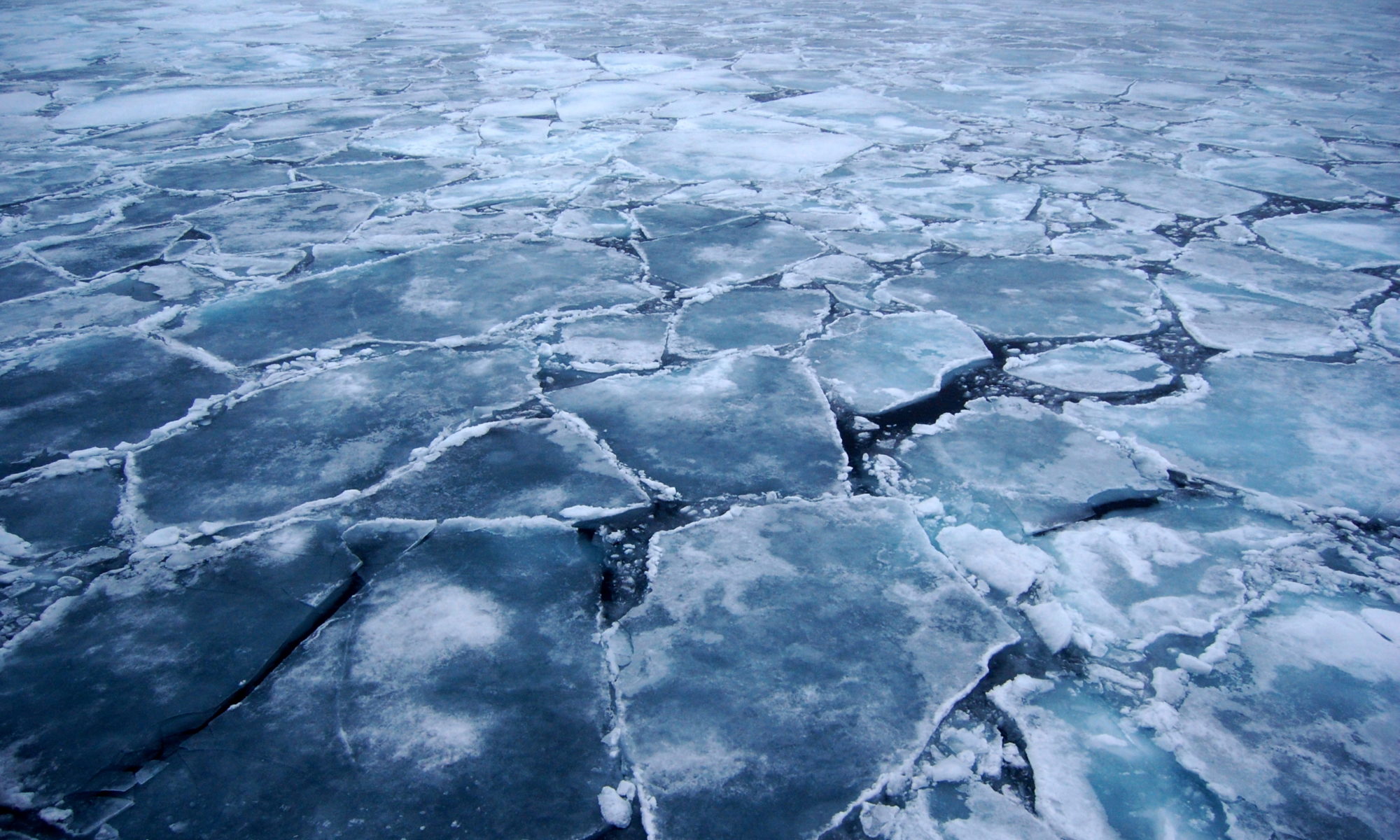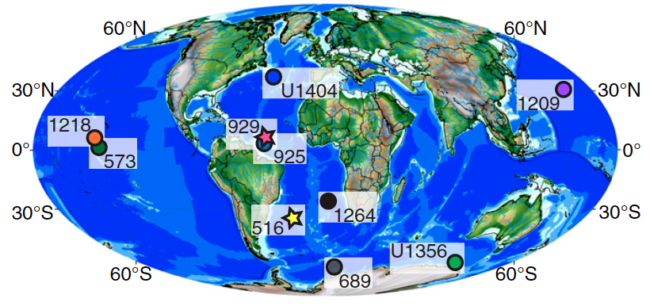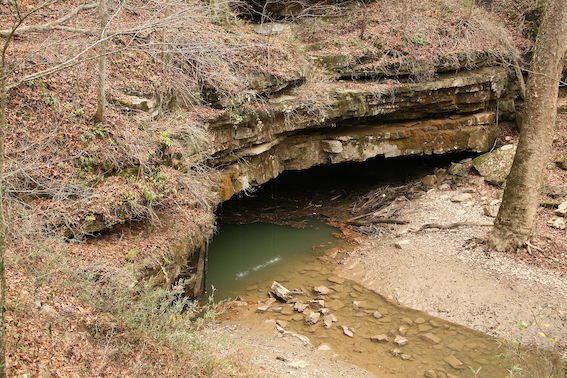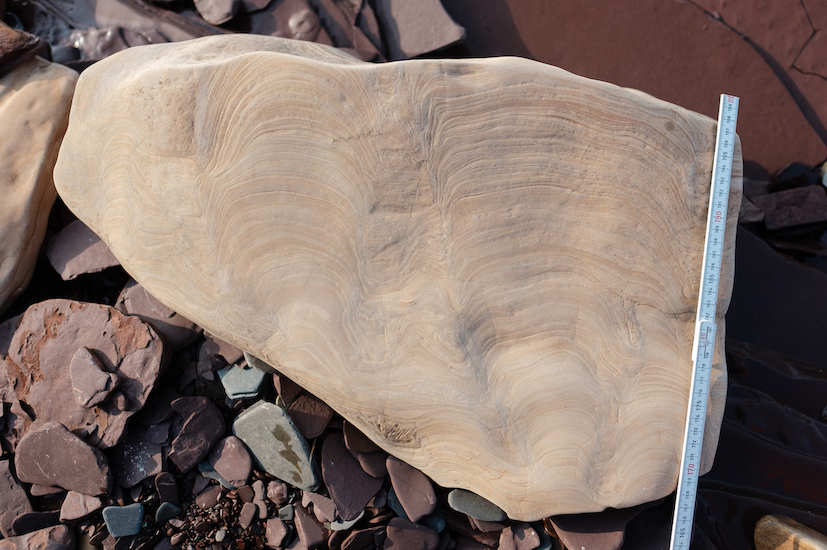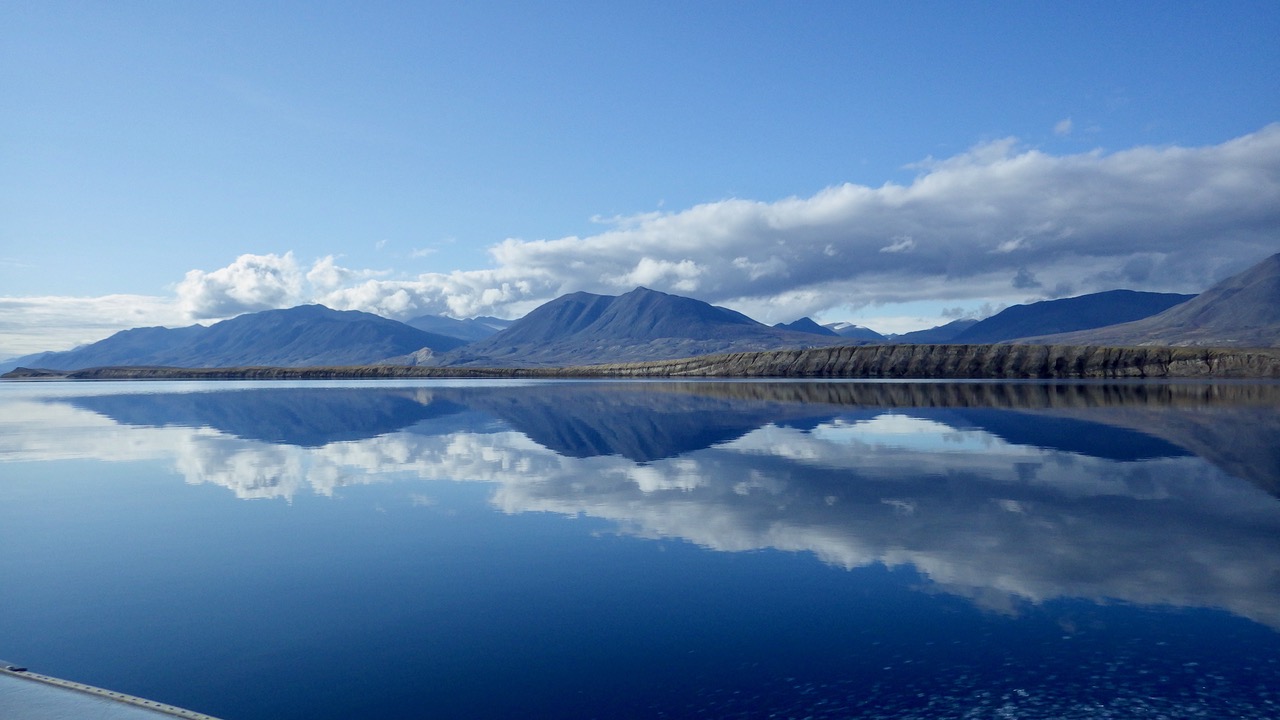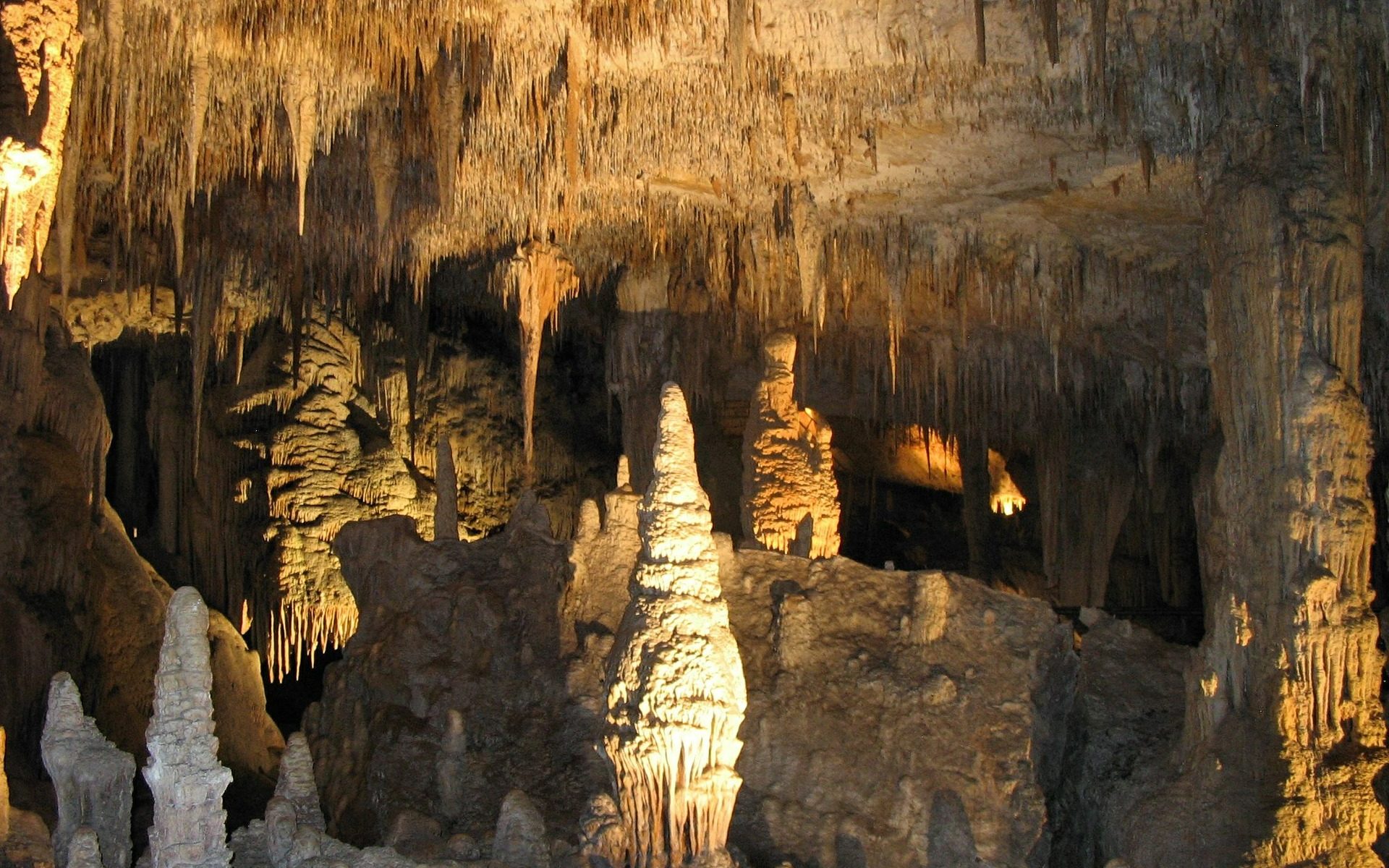Authors: Jianxun Shen, Andrew C. Smith, Mark W. Claire, Aubrey L. Zerkle
Many geologists believe that ancient Mars, with its warmer temperatures and water-rich environment, may have been home to life. To test this hypothesis, astrobiologists must find signifiers of life that can survive the billions of years of hyperaridity experienced on the Martian surface. One such method could be identifying biotic alteration of the geochemical cycling of phosphorus, as was highly publicized during the recent discovery of phosphine in the atmosphere of Venus. Researchers have taken the first step in this search by characterizing biological phosphorus cycling in the analog environment of the Atacama Desert – an endeavor that has applied novel techniques in chemistry to provide insights about the movement of phosphorus in arid environments.
Continue reading “To P, not to P? That is (an oversimplification of) the biogeochemical question—”
